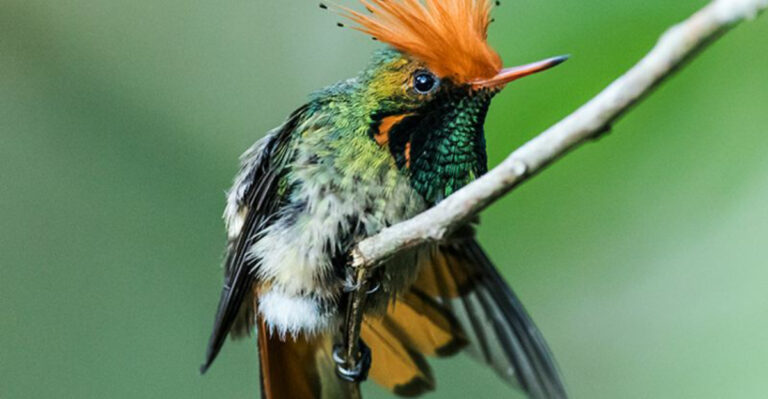Losing Asian Elephants May Lead To The Collapse Of Tropical Forests
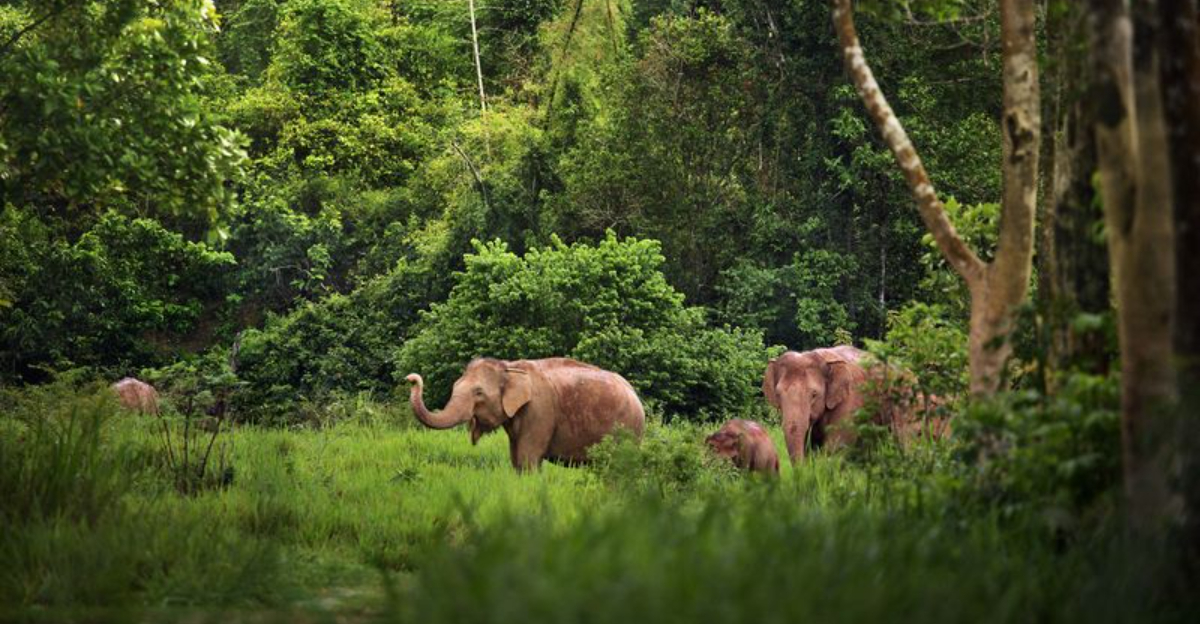
Asian elephants aren’t just magnificent creatures – they’re vital architects of tropical forests. These gentle giants shape their environment in ways that benefit countless other species.
Recent research from the Chinese Academy of Sciences reveals something alarming: as elephant populations dwindle, entire forest ecosystems could collapse. Their presence or absence might be the difference between thriving forests and failing ones.
Asian Elephants Are Gentle Giants With Enormous Ecological Power
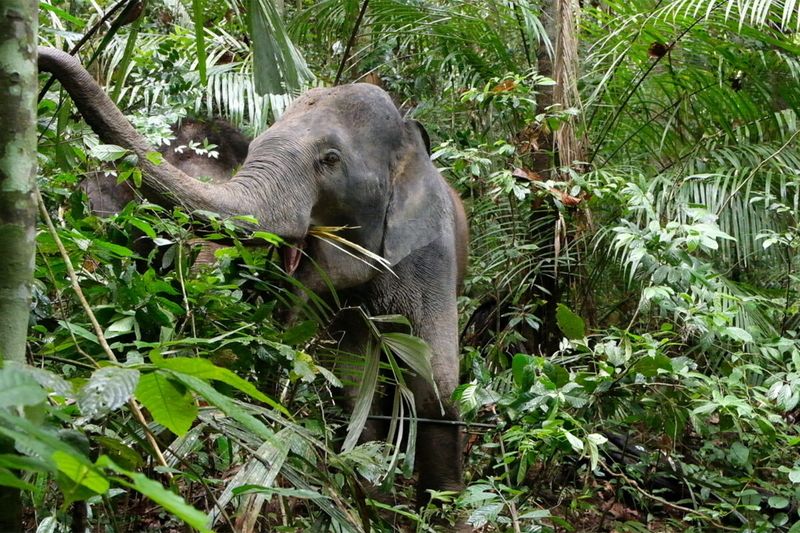
Standing up to 10 feet tall and weighing as much as five cars, Asian elephants pack a powerful ecological punch despite their calm demeanor. These massive mammals consume hundreds of pounds of vegetation daily, reshaping the landscape with every meal.
Scientists call them “ecosystem engineers” because they literally redesign their environment. By knocking down small trees and creating clearings, they maintain the forest’s patchwork structure that many species depend on.
Their footprints even create mini-habitats – tiny pools where frogs, insects, and plants thrive. No other animal combines such immense size with the delicate touch needed to maintain forest balance.
They Shape Forests By Eating, Digging, And Moving Through Dense Growth
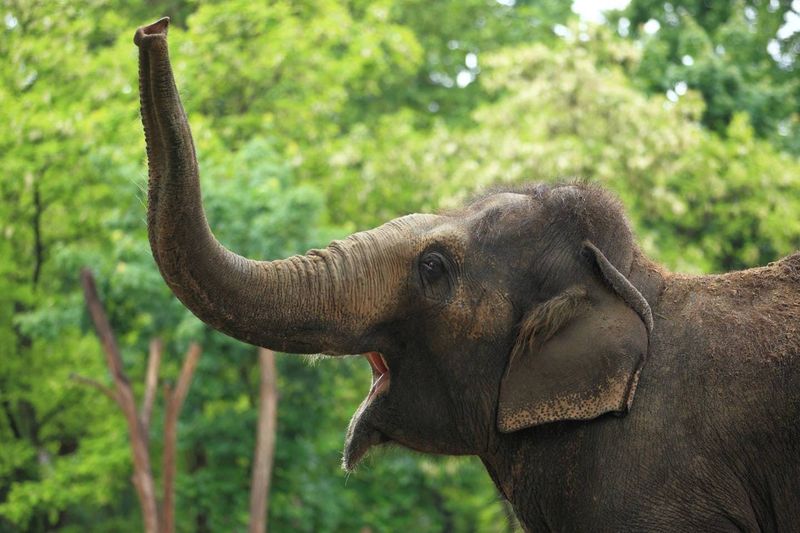
Hungry elephants munch on over 150 plant species, preferring some while avoiding others. This selective dining creates space for certain plants to thrive while controlling others that might otherwise dominate.
Their massive feet punch through dense undergrowth, creating natural pathways that function like forest highways. With powerful trunks, they dig for minerals and water, creating waterholes that benefit countless creatures during dry seasons.
Forest architecture literally changes under their influence. Trees grow differently, understory plants adapt, and the physical structure of the habitat transforms – all because these giants move through it daily. No conservation plan can replicate this natural engineering.
As They Travel, They Spread Seeds And Clear Paths For Other Animals
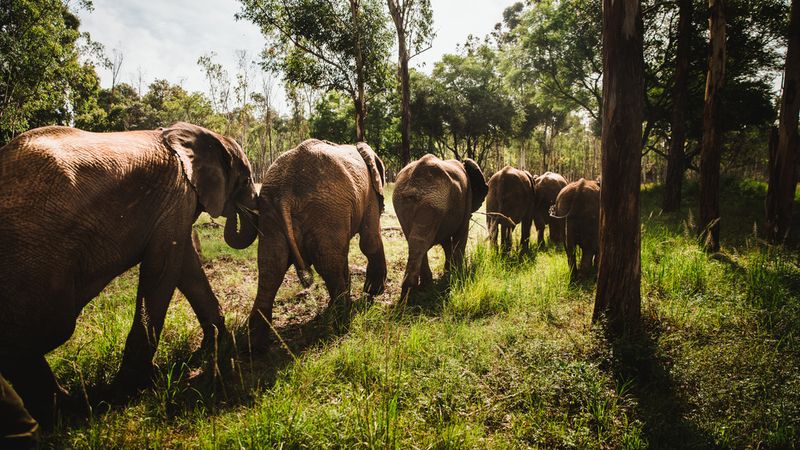
Elephants are nature’s premier gardeners, carrying seeds tucked in their digestive tracts for miles before depositing them in perfect fertilizer. A single elephant can disperse over 3,500 seeds daily from more than 300 plant species – many of which rely almost exclusively on elephants for germination.
The trails they create become superhighways for smaller mammals like wild pigs, deer, and primates. These paths connect isolated forest patches, allowing genetic exchange between plant and animal populations.
Some tree species have evolved specifically to attract elephants with their fruits, demonstrating a 60-million-year evolutionary partnership. Without elephant dispersal, these trees face reproductive failure and potential extinction.
Their Presence Supports Countless Other Mammal Species
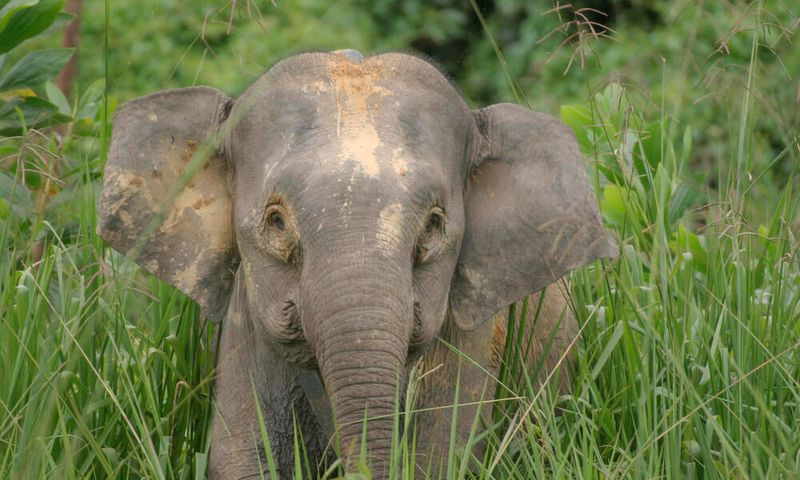
Camera traps from the Chinese Academy of Sciences study revealed something remarkable – forests with elephants hosted nearly twice as many mammal species as those without. Tigers, leopards, and dholes appeared more frequently in elephant territory, suggesting these top predators depend on elephant-modified landscapes.
Smaller creatures benefit too. Rodents find food in elephant dung, while insects thrive in the microhabitats they create.
Even the soil changes when elephants are present. Their waste adds nutrients while their digging aerates compacted earth. This creates ideal conditions for earthworms, fungi networks, and microbial communities that form the foundation of healthy forests – proving elephants impact everything from tigers to tiny soil organisms.
Without Elephants, Many Tropical Forests Could Struggle To Survive
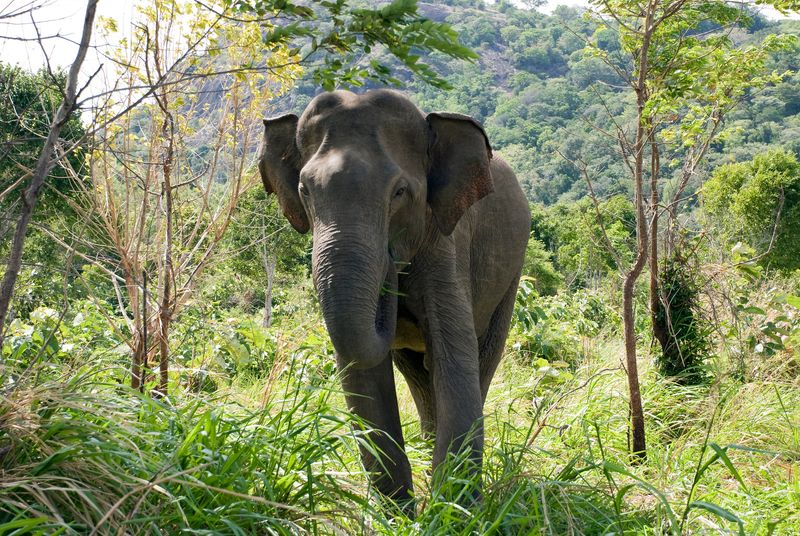
Forests without elephants gradually transform – becoming denser, less diverse, and ultimately less resilient. The absence of these ecosystem engineers leads to thicker undergrowth that chokes out certain plants and blocks movement for other animals.
Long-distance seed dispersal virtually stops for many large-fruited trees. This leads to clumped tree distributions rather than healthy, widespread populations, making forests more vulnerable to disease and climate change.
Water dynamics change dramatically too. Without elephant-created waterholes and wallows, many species struggle during dry seasons. The forest gradually shifts from a diverse community to a simplified ecosystem with fewer species interactions – essentially becoming an ecological shadow of its former self.
Researchers Tracked Mammal Diversity In Forests With And Without Elephants
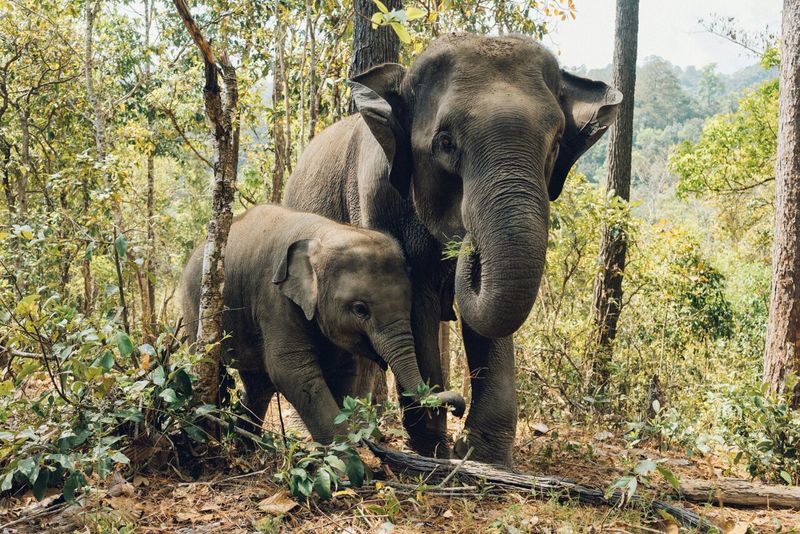
Scientists from Xishuangbanna Tropical Botanical Garden deployed an extensive network of camera traps throughout Asian forests. Their revolutionary study compared areas where elephants still roam with similar habitats where they’ve disappeared.
The results shocked even veteran ecologists. Forests with elephants showed 28% higher mammal species richness and significantly greater abundance of medium and large mammals. Camera traps captured rare species in elephant territories that were completely absent elsewhere.
Researchers controlled for variables like human disturbance, forest type, and elevation to isolate the elephant effect. The pattern held true across different countries and forest types – providing the strongest evidence yet that elephants aren’t just inhabitants of healthy forests but actually create them.
Areas With Elephants Had Healthier, More Balanced Ecosystems
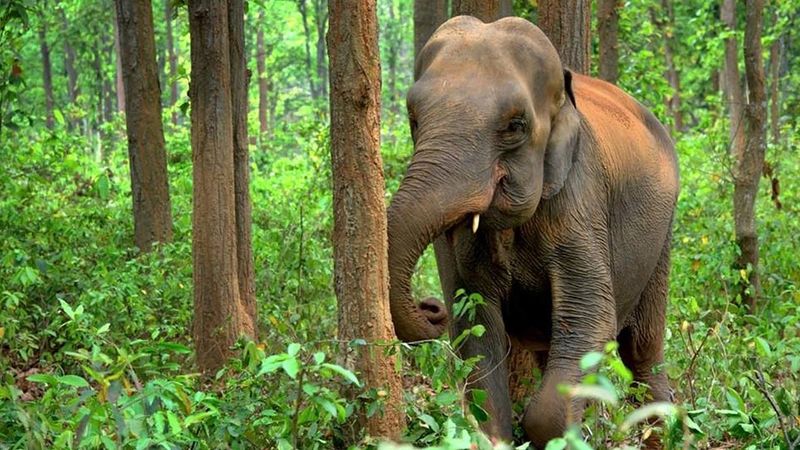
Forest sections with elephant populations showed remarkable balance – predators and prey existed in sustainable ratios, plant diversity flourished, and natural cycles functioned smoothly. The Journal of Animal Ecology study documented how these areas maintained resilience even during environmental stresses like drought.
Particularly striking was the “cascade effect” – elephant presence influenced everything from soil chemistry to canopy structure. Plant species competed more equally rather than having a few dominant species take over.
Even forest sounds differed dramatically! Acoustic monitoring revealed more diverse bird calls and insect activity in elephant-inhabited areas. This auditory evidence further confirmed what researchers suspected – elephant presence creates vibrant, multi-layered ecosystems where life thrives at every level from soil microbes to apex predators.
The Study Highlights How Losing One Species Can Harm Many Others
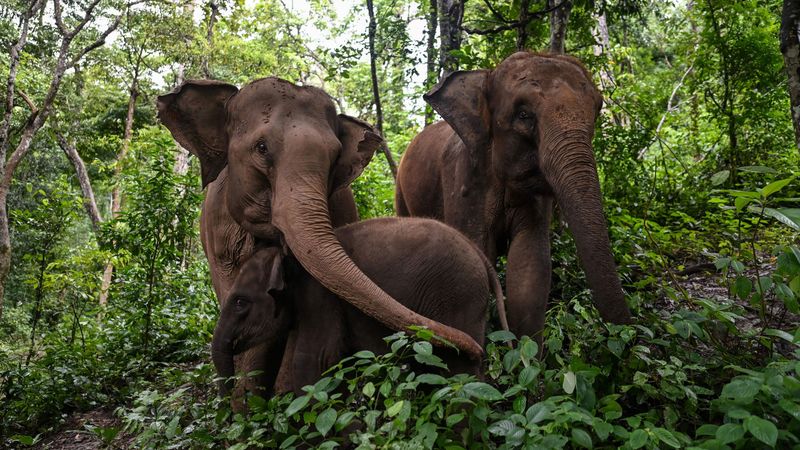
The ripple effects of elephant loss extend far beyond the giants themselves. When elephants disappear, at least 40 other mammal species show population declines – from tiny mouse deer to massive gaur.
Plant communities gradually shift toward fast-growing, smaller-seeded species that don’t require elephants for dispersal. Large-fruited trees with harder seeds struggle to reproduce, eventually becoming living ghosts – present but unable to sustain future generations.
Particularly alarming is the “empty forest syndrome” documented in elephant-free areas. These forests may appear intact from satellite imagery but function as ecological shells – structurally present but missing crucial interactions and processes. This study delivers a powerful message: conserving single species like elephants protects entire ecological communities.
Asian Elephants Are Critically Endangered – And Time Is Running Out
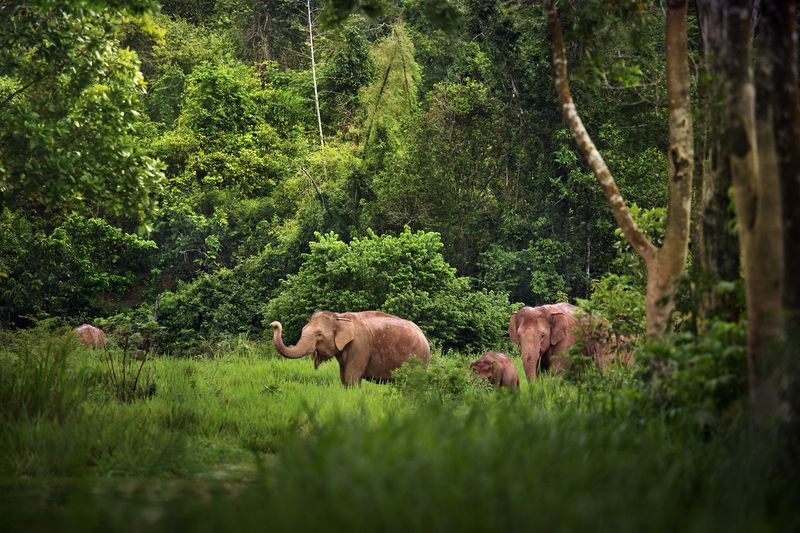
Fewer than 50,000 Asian elephants remain in the wild – a staggering 50% population crash in just three generations. Their range has shrunk by 85% from historical levels, leaving populations fragmented and isolated.
Poaching continues despite ivory bans, with elephants still killed for their tusks, skin, and body parts. Habitat loss poses an even greater threat as forests are converted to plantations, roads, and developments.
Human-elephant conflict intensifies as their territories shrink. Elephants raid crops out of necessity, leading to retaliatory killings. Conservation efforts face chronic underfunding despite the ecological stakes. Without immediate, coordinated action across their 13 range countries, Asian elephants could disappear from many forests within decades – taking countless other species with them.
Protecting Elephants May Be Key To Saving Entire Forest Ecosystems
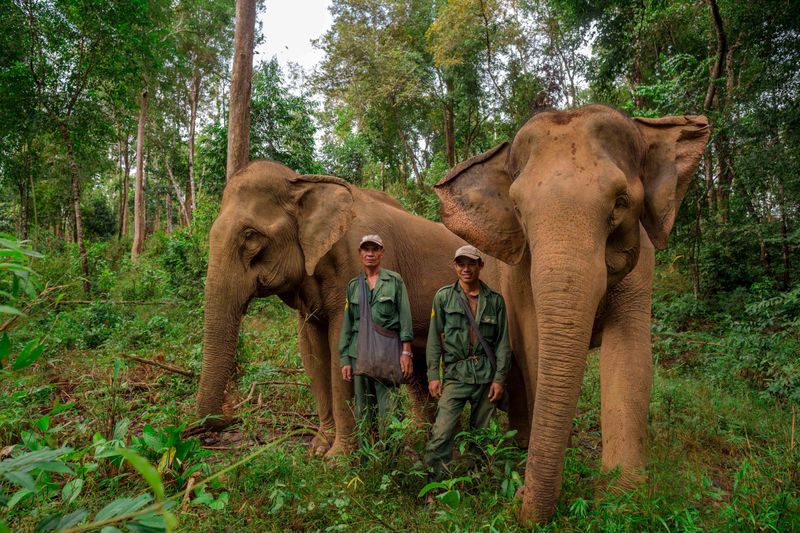
Conservation strategies are shifting from single-species approaches to “umbrella protection” models centered on elephants. By safeguarding elephant populations and their migration corridors, we automatically protect thousands of other species that share their habitat.
Innovative solutions include elephant-friendly agricultural practices and economic incentives for communities protecting forest elephants. GPS tracking collars help reduce human-elephant conflict by alerting communities when herds approach.
Reintroduction programs show promising results where elephants had disappeared. Within just five years of elephant return, researchers documented increased plant diversity and improved forest structure. The message is clear: elephant conservation isn’t just about saving an iconic species – it’s about preserving the ecological processes that maintain tropical forests and all they contain.

